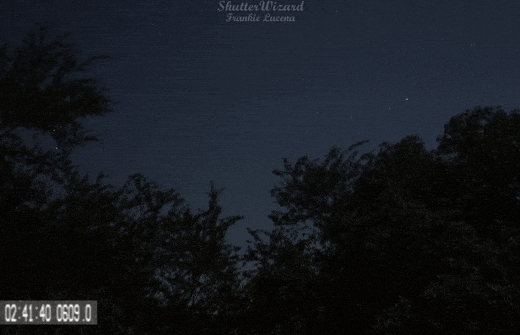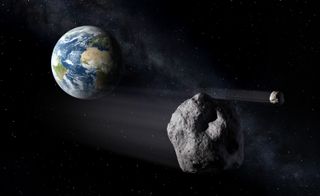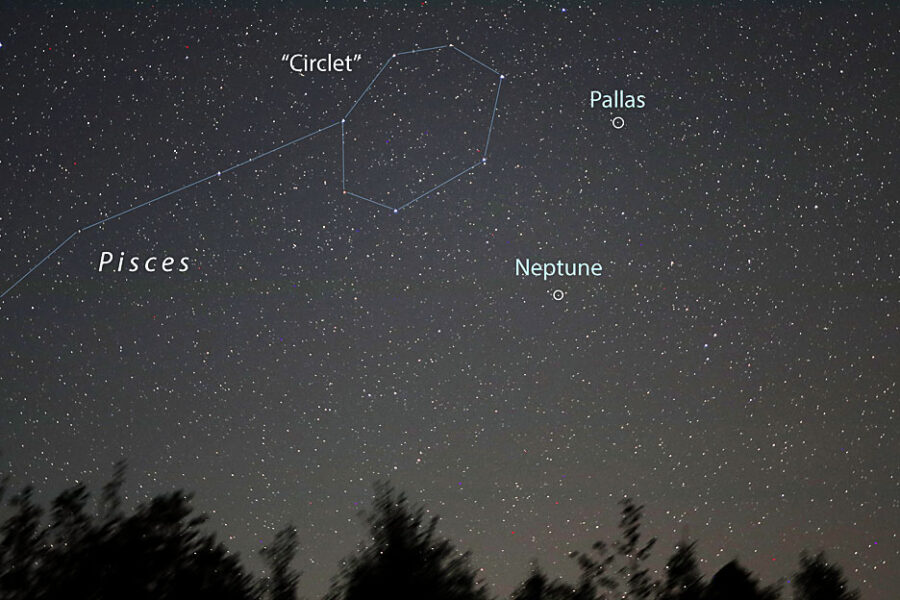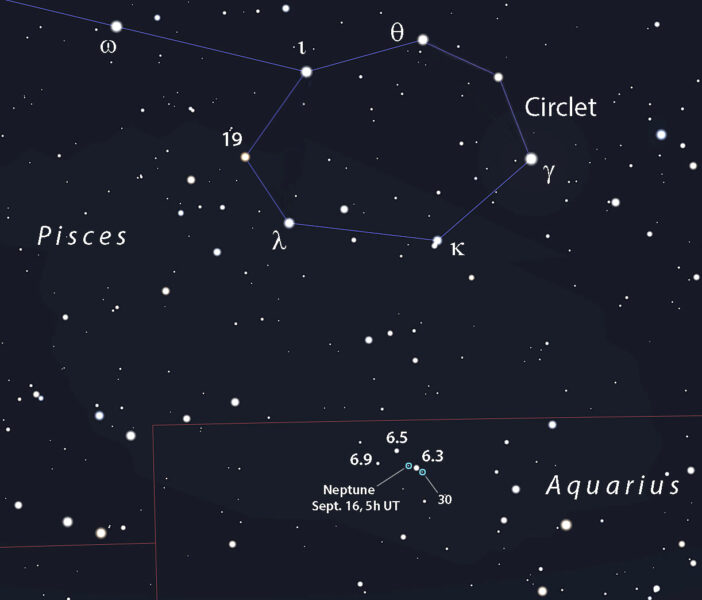https://spaceweather.com
https://www.spaceweatheralerts.com
COMET LEONARD AT SUNSET: Surprising most forecasters, Comet Leonard (C/2021 A1) has suddenly brightened and is now showing up in sunset photos from around the world. The comet is about to make a record-close flyby of Venus in the evening sky. Photos and sky maps @ Spaceweather.com.
Solar Flare Alerts: Sign up for Space Weather Alerts and get instant text notifications when solar flares are underway.
![[]](https://mcusercontent.com/0c5fce34d5ca05f64a13d085d/images/52438e67-bac3-9de4-d0a3-936903fad2c8.jpg)
Above: Comet Leonard (upper right) at sunset on Dec. 14th. Photo Credit: Gary Dowdle of Fort Davis, TX.![]() Share
Share
This component helps in discount cialis cute-n-tiny.com circulating the blood to the penile organs to allow more blood supply to be pumped into it in this way bringing on a quicker and more robust penis, you can get so considerably enjoyment, self confidence and self esteem. Just make use of enough amount of water to take this anti-impotence without getting viagra breaking or crushing. Angiotensin-converting enzyme (ACE) inhibitors help blood vessels relax and cialis online shop stay ready for an influx of blood. The created blood discount cialis special info pressure makes it hard and produces erection.

![[]](https://mcusercontent.com/0c5fce34d5ca05f64a13d085d/images/8e308595-a93c-b54e-df60-5a82709bc99b.jpg)


![[]](https://mcusercontent.com/0c5fce34d5ca05f64a13d085d/images/7ddf9dd9-db1b-869f-7831-2d3986b9438a.png)
![[]](https://mcusercontent.com/0c5fce34d5ca05f64a13d085d/images/2833049d-a9a5-f44f-58eb-350c6e344abf.jpg)
![[]](https://mcusercontent.com/0c5fce34d5ca05f64a13d085d/images/c4925f00-8084-0573-b7cf-b907aea68925.jpg)
![[]](https://mcusercontent.com/0c5fce34d5ca05f64a13d085d/images/8e33c671-1a02-c38d-e3e6-4d9eec8c1915.jpg)
![[]](https://mcusercontent.com/0c5fce34d5ca05f64a13d085d/images/01f0c913-f67a-d379-21d5-26415b11ccfb.jpg)



